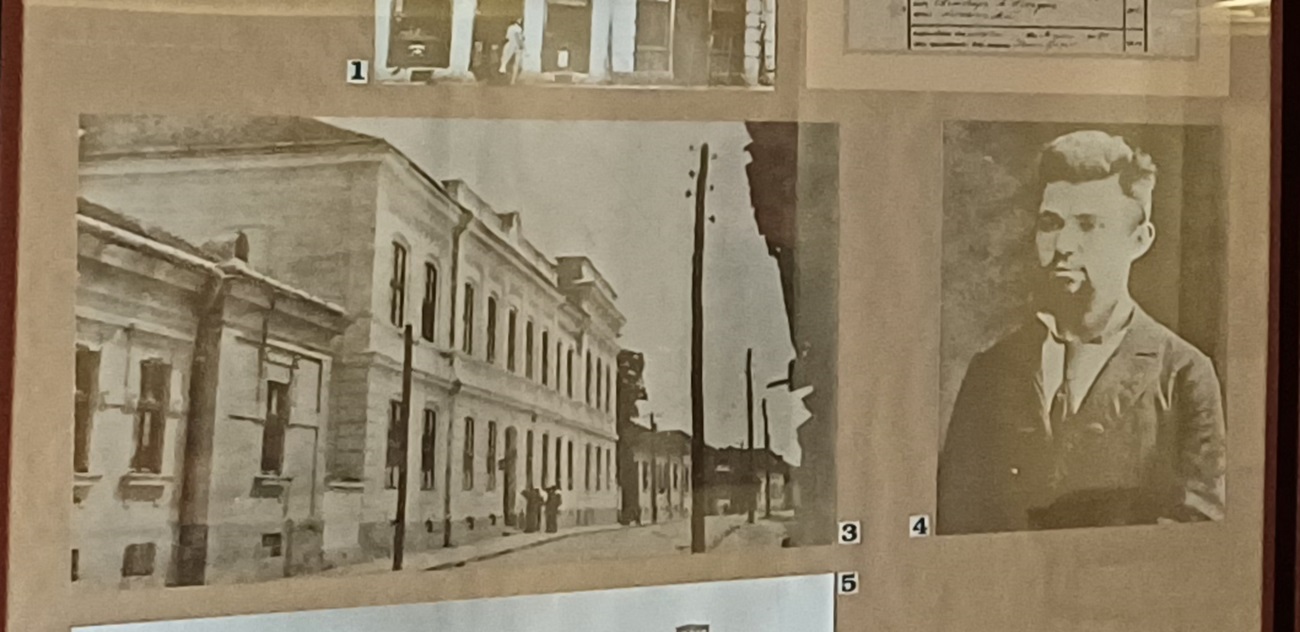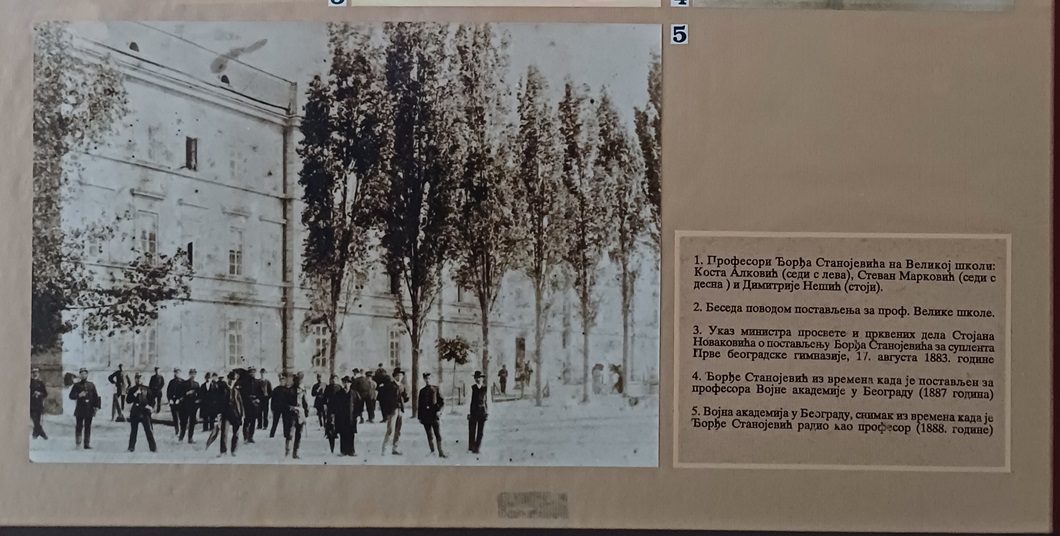Djordje Stanojevic
(Negotin, April 7, 1858 – Paris, December 24, 1921)
- Đorđe Stanojević was born on April 7, 1858, in Negotin to parents Jula and Miloš, a prominent local merchant, in the same street where Stevan Stojanović Mokranjac’s birthplace is located. He completed elementary school and lower gymnasium in Negotin (1874) and then, at the age of sixteen, moved to Belgrade to attend the First Belgrade Gymnasium under the renowned professor Kosta Vujić in the Captain Miša’s Mansion
- After high school, he continued his studies in the natural sciences and mathematics department of the Faculty of Philosophy in Belgrade, focusing on astrophysics and specializing in solar physics
- He was a scholarship holder of the Ministry of War of the Kingdom of Serbia, which enabled him to further his education abroad, first at the University of Berlin and later in Potsdam and Hamburg (Germany). In 1886, he visited astronomical observatories in Greenwich, Cambridge (England), and Palkovo (Russia)
- He studied the solar corona at the Meudon Observatory in France under the eminent professor Jules Janssen. Janssen recommended Stanojević to the Serbian government for participation in observing the total solar eclipse. For the French Academy of Sciences, he was sent in August 1887 to monitor a total solar eclipse in the Petrovsk region of Siberia, and two years later, at the invitation of the French government, he participated in a research expedition in the Sahara to study the Sun and its thermal spectrum
- Stanojević was a visionary dedicated to science, and despite growing up in impoverished Serbia, he worked tirelessly to open the doors of his country to scientific and technological advancements
- One of his most significant achievements was introducing the first electric lighting in Belgrade and the Kingdom of Serbia in the late 1880s. As a contemporary of Nikola Tesla, Stanojević maintained a good relationship with the famous scientist. He was also the designer of Serbia’s first hydroelectric power plants. Thanks to Stanojević, only five years after the construction of the first hydroelectric plant at Niagara Falls, Serbia had its first hydroelectric plant on the Djetinja River near Užice. Following this successful project, he continued his efforts in electrifying Serbia
- Stanojević frequently visited European cities, participating in various scientific and technical conferences and exhibitions, gathering knowledge and experiences that he quickly transferred to Serbia.
- Among his numerous contributions to Serbia were the introduction of the first X-ray machine, the installation of the first radiotelegraph station, the introduction of the first refrigeration devices, and capturing Serbia’s first color photograph
- He published over a hundred scientific and technical papers promoting physics, astronomy, and electrical engineering
- He was a full professor at the Great School and the University of Belgrade, serving as rector for two terms
- Djordje Stanojevic passed away on December 24, 1921, in Paris, during a business trip to procure an aircraft for meteorological observations in Serbia. He was buried in the New Cemetery in Belgrade

